There are two different time periods for Qatari funding of the Gaza Strip, which allowed Hamas to grow from an insignificant terror organization into a military empire with battalions, an underground network of tunnels and the fire power of a small army.
Between 2007 and 2014, Qatar provided Hamas with funds, away from any international oversight or review. From 2014 on, funding from Qatar was coordinated with the United States and Israel.
The 2014 war in Gaza was the turning point. The U.S., UN, Israel and Qatar decided soon after the war to set up a new system in which $30 million would be delivered to the coastal strip by Doha each month.
Some $10 million was to buy fuel from Israel, needed to operate Gaza's power station, $10 million to pay the salaries of government employees, and the final $10 million was to be given in $100 stipends to some 100,000 Gazan families in need.That was the time when the notion that Hamas would back away from its intent to destroy Israel as long as it accumulates governing and economic assets took root in Israel.

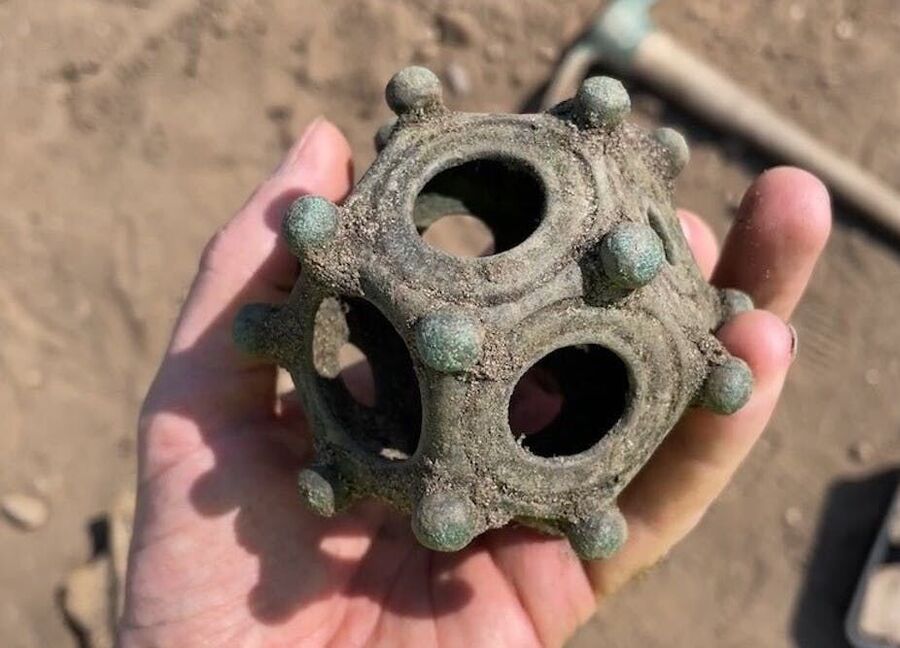
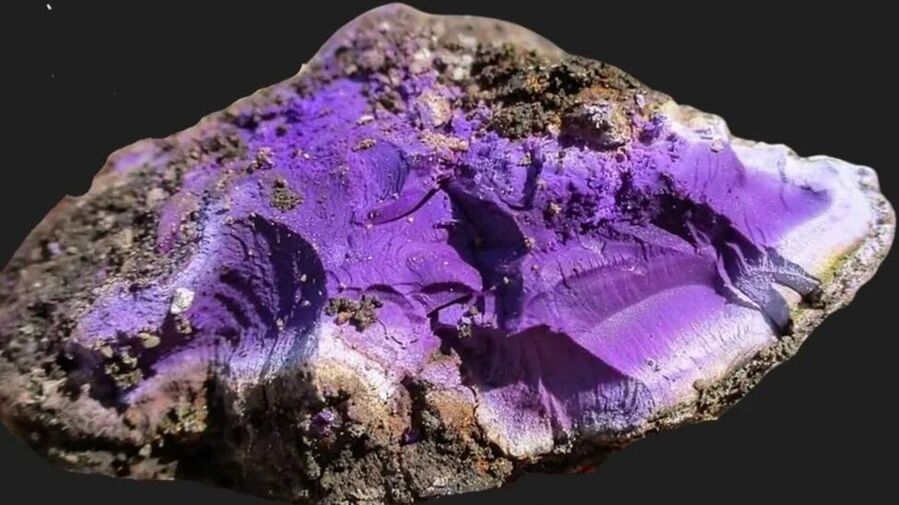
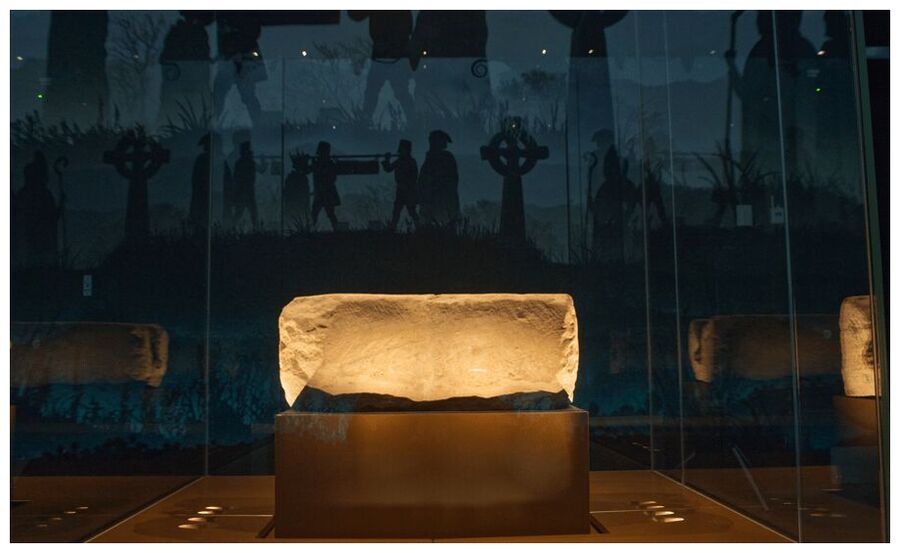


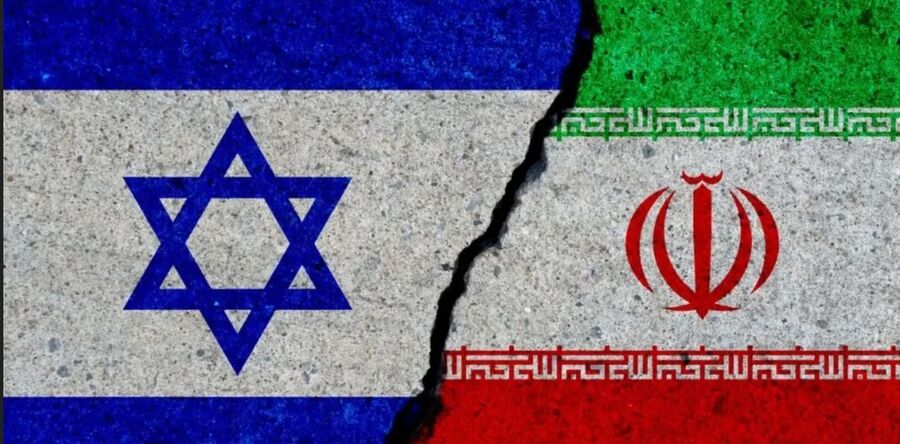
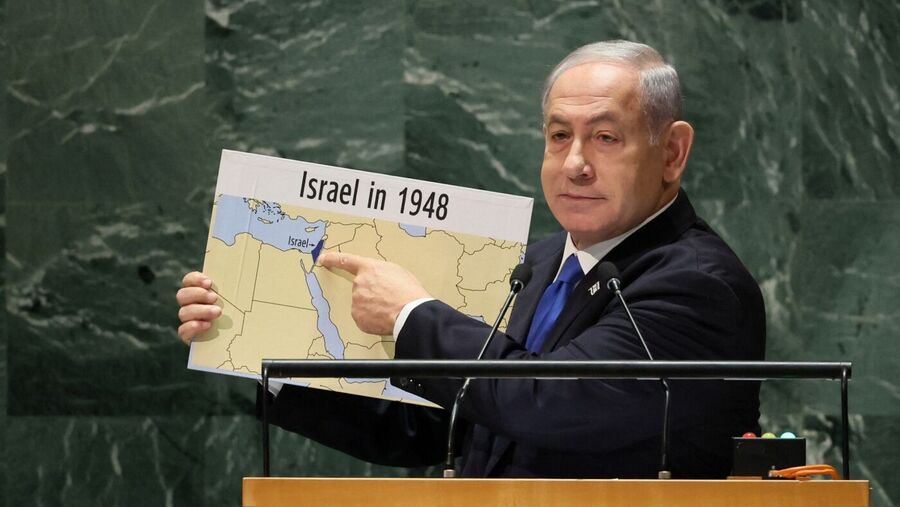
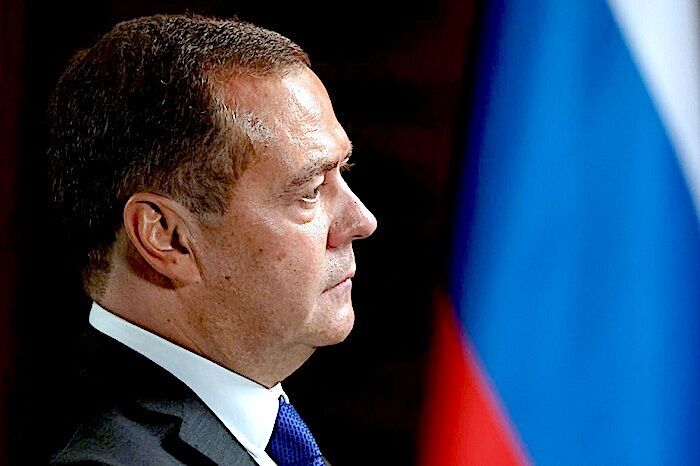
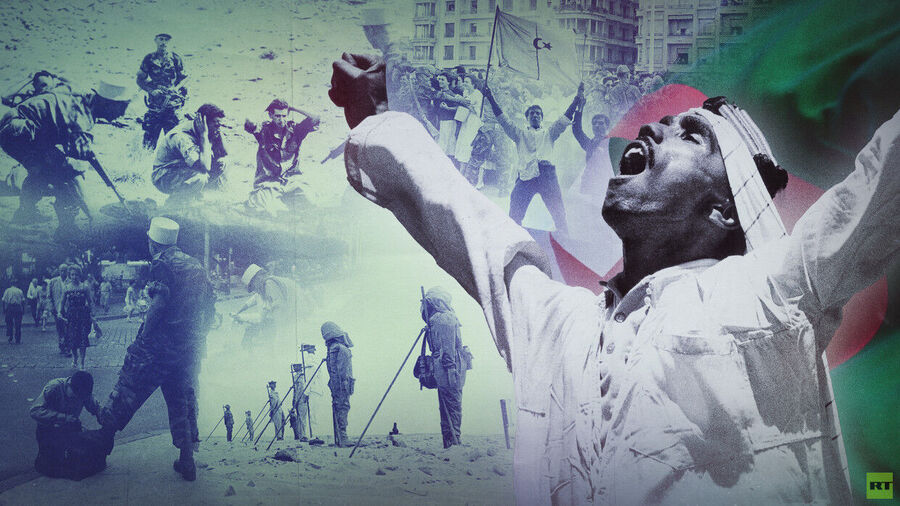



Comment: They certainly are intriguing, although there is solid evidence showing ancient civilisations had knowledge and technologies, as well as trade networks, previously not thought possible:
- Barbegal water mills: Unique hydraulics of 'world's earliest known industrial plant' revealed
- Did the Romans build earthquake "invisibility cloaks" into structures?
- Mystery of 2,000-year-old Antikythera 'computer' may be closer to being solved
- Brochs: Scotland's enigmatic Iron Age circular stone structures
- Ancient Sumerians invented water flumes thousands of years earlier than previously thought
- 5000-year-old stone balls continue to baffle archaeologists
- Crannogs: Neolithic artificial islands in Scotland stump archeologists
According to Leonardo Da Vinci Botany: The design and location of the dodecahedra bring to mind the 5000-year-old stone balls of northern Europe, which also continue to baffle archaeologists: